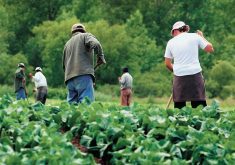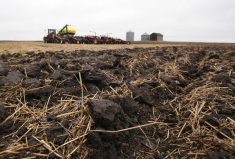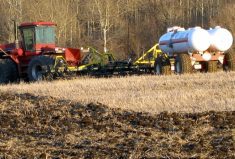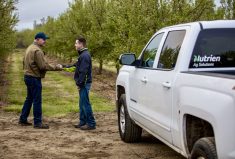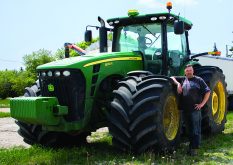No one’s against carbon sequestration but the best way to reward good stewardship is a tricky question
Should farmers be paid for the amount of carbon stored in their fields? Or for the practices that put the carbon there?
That depends on who you ask.
The head of the country’s largest bank recently backed the former, saying a “carbon soil market could be worth as much as $4 billion. But right now, Canada lacks a consistent and credible system to measure, report and verify carbon soil pools,” Dave McKay wrote in a recent opinion piece.
“Without this, farmers get little to no economic credit for the sustainable farming practices that many of them are so good at.”
Read Also
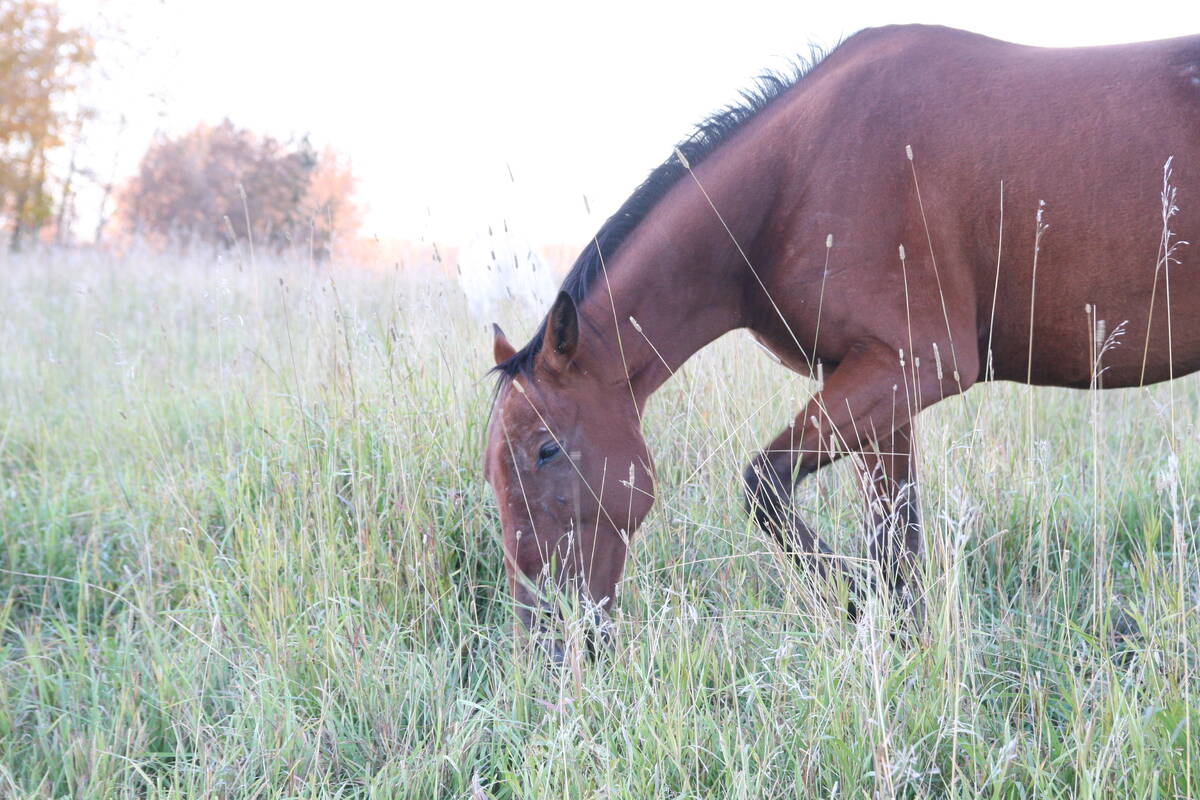
Beware giving horses too much iron
Horses consuming too much iron through diet or well water risk health problems like laminitis. Mineral testing forage and water is good practice for owners.
But the climate advisor to the National Farmers Union says that concept has been tried over and over, and always found wanting.
“They should be paid through federal and provincial programs to undertake certain soil building and carbon sequestration practices — not per tonne, but per practice,” said Darrin Qualman, the NFU’s long-time climate policy advisor.
Various markets that pay farmers for carbon credits and then sell them to large emitters of greenhouse gases have been around for years, said Qualman, adding that such markets don’t address the big problems with carbon sequestration in soils.
One issue is that soil holds limited amounts of carbon and while farmers may think they’re taking ‘new’ carbon from the atmosphere and putting it into the ground, that’s not so, he said.
“Our soils can absorb carbon because previous farming practices released carbon. We can think of the carbon being sequestered now as being returned to the soil. That means there’s no room in the soil for CO2 from fossil fuels.”
Even if soil captured the carbon dioxide from fossil fuel emissions, it’s not the best storage container, he added.
“Carbon can be expected to stay in the soil for perhaps decades, perhaps less,” said Qualman, adding that during an intense drought like 2021, fields can even lose carbon.
“It’s not reasonable to expect that carbon will stay in the soil for the hundreds or thousands of years it would take to truly offset emissions from fossil fuels.”
Then there’s the problem of measuring how much is stored.
“To really get a fine-grained, accurate sense of what’s happening, you have to punch hundreds of holes in the ground because any given field has so much variability,” said Qualman. “One hole here and there to measure carbon content just doesn’t give you a statistically or scientifically valid measurement.”
Modelling is typically used to measure soil carbon content today.
“They assume that if a farmer is doing practice X, they then model that practice X (and conclude it) is resulting in carbon sequestration Y. That may or may not be a good estimate but it’s not measurement.”
The more sensible route is to offer financial incentives for good stewardship, said Qualman, pointing to the federal On-Farm Climate Action Fund, which offers money to help farmers adopt nitrogen management, cover cropping and rotational grazing practices — all of which sequester carbon.
The head of the non-profit that pioneered the practice of paying farmers for providing ‘eco-services’ disagrees with Qualman’s criticisms of sequestration.

“There’s only one way to effectively solve the climate crisis and that’s to take carbon out of the atmosphere and store it somewhere,” said Bryan Gilvesy, CEO of ALUS.
“Farmers and ranchers are experts at this. We’re very good at understanding how to provide long-term retention services of carbon in the soils.”
ALUS is a 17-year-old organization that assists producers in 38 communities, nearly half of them in Alberta. It provides eco-services through “on-farm nature-based solutions that sequester carbon, filter water and enhance biodiversity.”
RBC has been funding ALUS’s carbon sequestration programming since 2018 and recently gave it another $1.5 million for those efforts.
Gilvesy agrees with Qualman that measuring carbon in soil has been difficult.
“Some countries have good data sets to work from. We don’t have that advantage,” he said. “We have to build out, almost from scratch, that information that helps us quantify how much carbon goes in the soil and then that allows us to figure out the market value.”
To address this, ALUS recently partnered with Israeli company Albo Climate, which uses artificial intelligence to analyze satellite imagery and measure the impact of initiatives such as planting trees and shrubs on marginal or uneconomic farmland.
“This is a relatively new technology and our goal in working with Albo is to help them make it better over time by actually testing their results against our results on the ground,” said Gilvesy.
Farmers should be paid for the carbon they store in their soils and also for all the ecological goods and services they provide by sequestering it, he added.
“That includes things like biodiversity, clean air, soil health, more resilient watersheds and also the sequestration of carbon along the way,” he said.
“We believe these things have value in an emerging marketplace and ALUS is keen on making sure we can quantify these things and maximize farmer returns from these sorts of marketplaces.”
Whatever form carbon payment takes in the future, Qualman said he hopes the ag industry can move beyond the carbon credit/offset model.
“Perhaps the biggest problem with these offset protocols is that it delays real action,” he said. “It allows the largest emitters to make a payment and in return they get to delay emission reduction.
“And that puts farmers in a difficult ethical position, especially farmers that understand climate change and want everyone to do as much as possible to reduce those emissions and stabilize the climate.”




